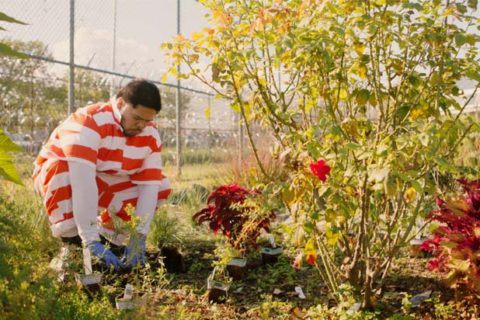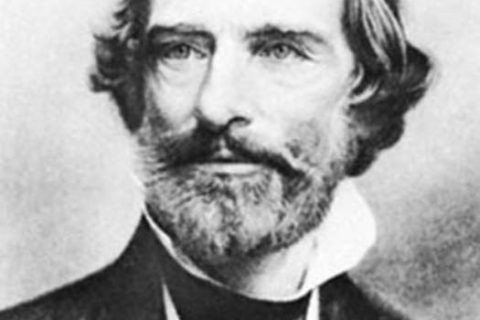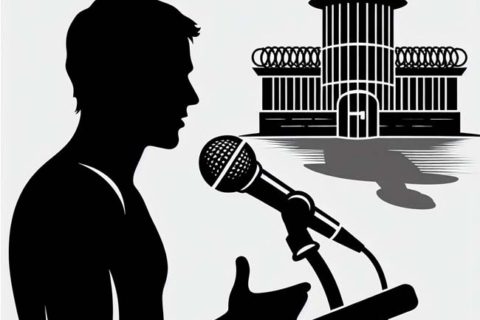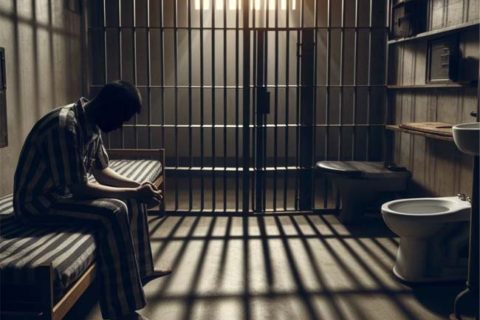As you can probably guess, prison education refers to any educational activity that occurs inside the prison. There are a few courses that are usually included in prison education, such as basic literacy programs, secondary school equivalency programs, vocational education, and tertiary education. In addition, some other things include rehabilitation programs, physical education, and arts and crafts programs.
For those who are interested in prison education, the following will uncover the history of education in prisons. Check out everything below if you want to know about it.
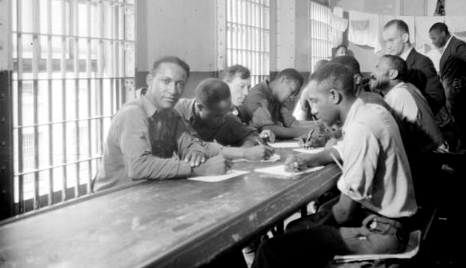
Europe
Both the history and the availability of prison education in Europe are different, depending on the countries. Compared to the other parts of Europe, the Nordic countries have a longer history of providing education to the prisoners.
Sweden is named as the pioneer in that field. In 1842, prison education became mandatory for inmates who were 35 or younger. As for vocational education, it can be traced back to at least 1874 when a carpenter was hired by the Uppsala County prison to teach inmates woodworking.
The neighbor of Sweden, Norway, has its first prison that focused on education as a form of rehabilitation opened in 1851. By 1975, a total of 8 prisons in the Aurora Borealis country were providing education to the inmates. By the end of the century, the rule that says every prisoner who had not completed primary and lower secondary school should do so while in the prison was released. Since 2007, there is a school in every school for the inmates in Norway.
North America
In the beginning of 19th century, every prisoner in the United States was given religious instruction by chaplains. To help the inmates to read Bibles and other religious texts, the secular prison education programs were developed. In 1876, the first major education program for rehabilitating prisoners was launched. This program was initiated by the superintendent of Elmira Reformatory named Zebulon Brockway in New York. The man believed that prison education would discipline the mind and fit it to get the thoughts and principles that constitute their possessors good citizens. By 1990, this program was adopted by a few states in the United States, such as Pennsylvania, Ohio, Massachusetts, Illinois, Indiana, and Minnesota.
Caribbean
In 1945, a prison system was built in Barbados. 11 years later, the education programs were officially introduced into it. These programs focused on basic literacy and numeracy. Unfortunately, everything was only available for male prisoners. As for the female ones, they were not allowed to experience this kind of thing until the Prison Reform Act of 1961-1966 was passed. Actually, not all male prisoners were also allowed. If they were older than 25, they were not allowed to participate in the programs, just like female prisoners.
In early 2003, the Dominican Republic underwent a prison reform. At that time, basic literacy became compulsory at almost half of the 35 prisons of the country. Those who refused to participate would not get the privileges such as visitation.
South America
Compared to Europe and North America, the education opportunities in prison are considered to be poorer in South America. Due to rising incarceration rates and overcrowding, resources for education are really lacking.
Argentina was the first country in South America that had prison education. In this country, the prison education programs started in the 1950s. At first, the details about the programs and their effectiveness were limited.
In 2009, Brazil was named as one of the countries with the most progressive policies on prison education in South America. In 1984, a prison reform law was passed by the National Congress of Brazil. Even though the law has not been effectively implemented, at least it recognizes the right of the inmates to education and the other services.
Oceania
In 1862, the first formal education program was implemented in the Australian state of New South Wales. It was at Darlinghurst Gaol. At the time, a schoolmaster was hired to provide elementary and moral education to any prisoner who wanted to attend. Before this, the ones who provided such a thing were the prisoners. Basically, the prisoners taught each other.
Asia
Prison education in Asia is believed to have started in 1871 in Japan when practical ethics lectures were introduced into a prison in Tokyo. By 1881, reading and writing classes started being implemented into the prison system on a larger scale. By the 1890s, education was considered one of the most important issues of the prison system.
In the 1920s, changes were made to the prison system in China. It was after the establishment of the Republic of China. There was a shirt in the prison system away from religious and moral teaching to intellectual education and hard labor as the primary means of rehabilitation due to criticism of the lack of education for inmates at the time.
According to the reports, prison education in India was being made as early as the 19th century. However, the prisons of the country focused mostly on punitive measures. In India, Indira Gandhi National Open University or IGNAO is believed to play a big role in prison education. It is known to be the first university in the country to operate a study center in prison at Tihar Jail in 1994.
Africa
It is not surprising that the prison education in Africa is weaker compared to the Western world. In 1872, the first prison was established in Nigeria. However, there was no formal education implemented by the Nigerian government as of 2010. In 1986, organized educational programs were launched by a prison. These programs were run and funded by the prisoners.
In South Africa, the criminal and political prisoners were put in a jail on Robben Island in 1961. When the prison opened, these prisoners were encouraged to study. Aside from that, education programs were also released to ensure all inmates were literate when initiated. However, the programs were not for everyone. The only ones that were allowed to participate were those whose families could afford to pay for tuition fees.

A bookworm and researcher especially related to law and citizenship education. I spend time every day in front of the internet and the campus library.
